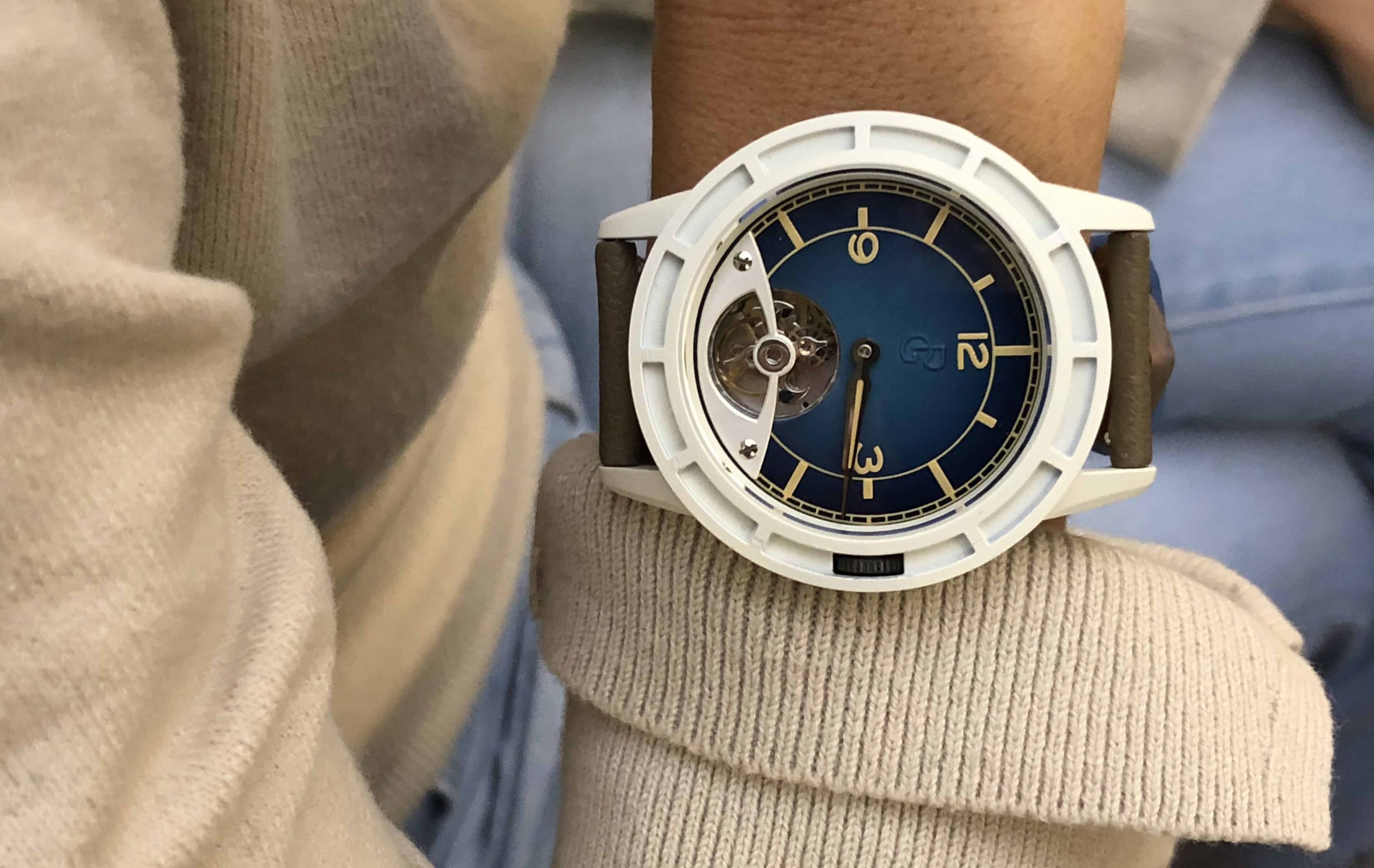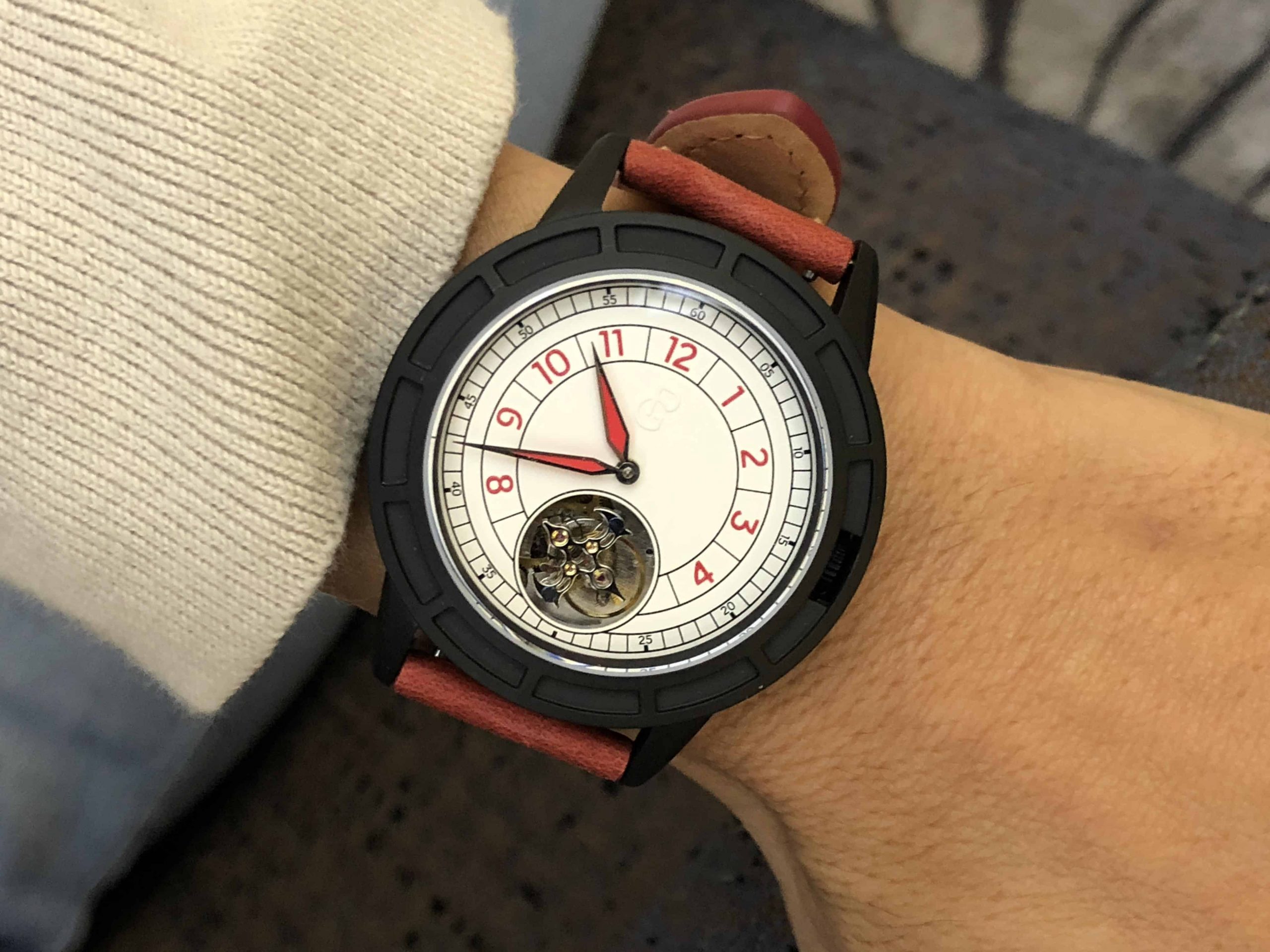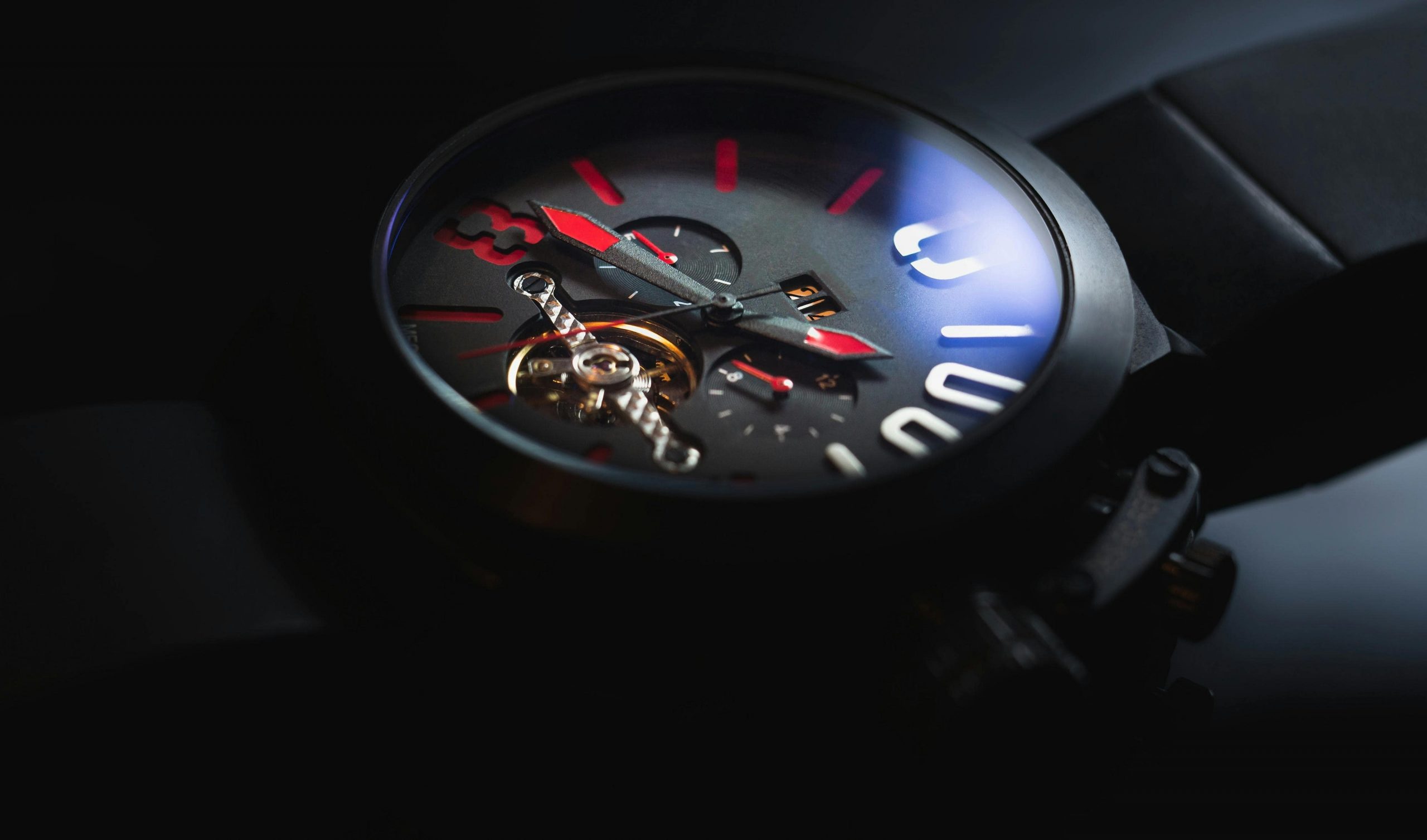
The Value of a Tourbillon Watch in Today’s Watchmaking
Introduction
Watches have long been more than mere timekeeping devices; they are intricate pieces of craftsmanship and symbols of prestige. At the pinnacle of this art stands the tourbillon, a fascinating mechanical component with historical roots dating back to the 18th century. This article delves into the dual aspects of the tourbillon’s significance in contemporary watchmaking—its technical prowess and the prestige it bestows upon timepieces.

Bruchin Noeka / Pexels
The Technical Value of a Tourbillon Watch
How a Tourbillon Watch Works
A tourbillon watch is a mesmerizing mechanism that mitigates the effects of gravity on a watch’s accuracy. In simple terms, it consists of a rotating cage containing the escapement and balance wheel. This constant motion averages out positional errors, enhancing precision.
Theoretical Benefits and Modern Limitations
The theoretical advantage of a tourbillon lies in reducing positional timekeeping errors due to gravity. However, in today’s watchmaking landscape, advanced materials and innovative designs have significantly mitigated these errors. The initial problem the tourbillon sought to solve has been addressed through alternative means, challenging its necessity in modern times.

© Travis / Unsplash
The Prestige Value of a Tourbillon
Crafting a tourbillon is an intricate and time-consuming process that showcases the utmost skill of watchmakers. The complexity involved in assembling this delicate mechanism exemplifies the pinnacle of watchmaking achievement. Consequently, tourbillons have become synonymous with luxury, adorning the wrists of connoisseurs and collectors alike, often commanding high price points.

© Pierre Gaston Watch
Pierre Gaston and the Modern Tourbillon
Pierre Gaston stands as a contemporary exemplar, embodying the technical and aesthetic value of tourbillons in today’s watchmaking realm. While not delving into an exhaustive biography, this section will spotlight Gaston’s work, underscoring how his creations contribute to the ongoing narrative of the tourbillon’s significance.
Conclusion
In conclusion, the tourbillon remains a captivating element in the world of watchmaking. Its technical intricacy and association with luxury add layers of value to timepieces. As we explore the legacy of Pierre Gaston, we recognize the continued relevance of the tourbillon, even as alternative methods for precision timekeeping emerge. The allure of these mesmerizing mechanisms persists, proving that the marriage of tradition and innovation continues to shape the future of horology.
Key Takeaways
- Dual Significance: The tourbillon watch blends technical prowess with craftsmanship and prestige in contemporary watchmaking.
- Technical Marvel: A mesmerizing mechanism, the tourbillon enhances precision by mitigating gravity’s impact through a rotating cage.
- Evolution and Challenges: Modern innovations challenge the necessity of tourbillons for precision timekeeping, originally designed to address gravity-related errors.
- Prestige and Luxury: Crafted with intricate skill, tourbillons symbolize luxury, commanding high prices and adorning the wrists of connoisseurs.
- Contemporary Exemplar: Pierre Gaston exemplifies the ongoing narrative of the tourbillon’s significance in modern watchmaking, both technically and aesthetically.
- Enduring Allure: Despite debates, the enduring allure of tourbillons persists, bridging tradition and innovation, shaping the future of horology.
FAQs (Frequently Asked Questions)
What is the historical significance of the tourbillon?
The tourbillon, with roots dating back to the 18th century, is a captivating mechanical component that has become a symbol of prestige and craftsmanship in the world of watches.
How does a tourbillon enhance accuracy?
A tourbillon watch improves accuracy by mitigating the effects of gravity through a rotating cage containing the escapement and balance wheel. This constant motion averages out positional errors for enhanced precision.
Are the theoretical benefits of a tourbillon still relevant today?
While the theoretical benefits include reducing positional timekeeping errors due to gravity, modern watchmaking innovations have significantly mitigated these errors. This prompts discussions about the continued necessity of tourbillons for precision timekeeping.
Why are tourbillons associated with luxury and high prices?
Crafting a tourbillon is a time-consuming process that showcases watchmakers’ skills. The resulting complexity exemplifies the pinnacle of watchmaking achievement, making tourbillons synonymous with luxury and often commanding high prices.
Who is Pierre Gaston, and why is he relevant to modern tourbillons?
Pierre Gaston is a contemporary exemplar, symbolizing the technical and aesthetic value of tourbillons in today’s watchmaking. His work spotlights how tourbillons contribute to the ongoing narrative of their significance without delving into an exhaustive biography.
Step into the world of opulence and precision by exploring our in-depth analysis of ceramic materials in luxury watches, where every tick of the clock is a testament to the meticulous craftsmanship and innovation at play.




